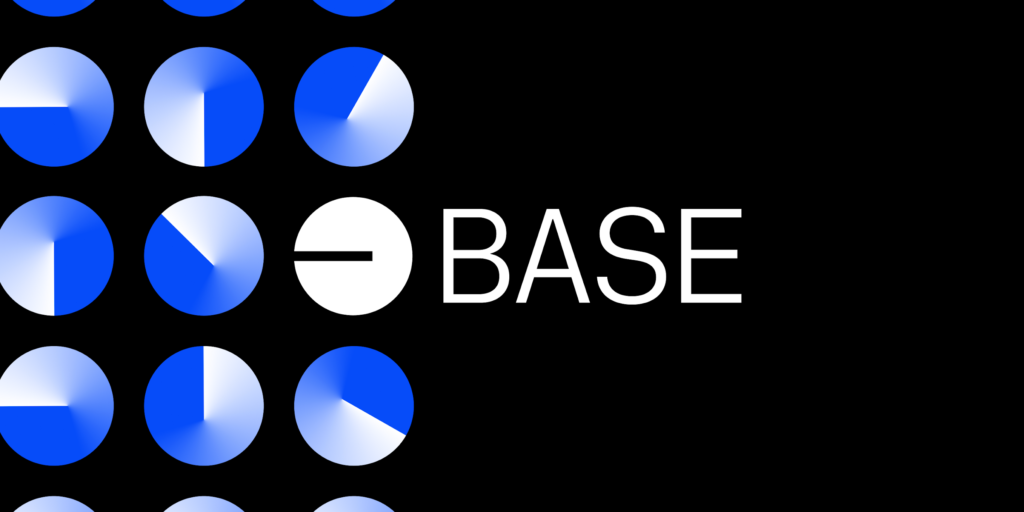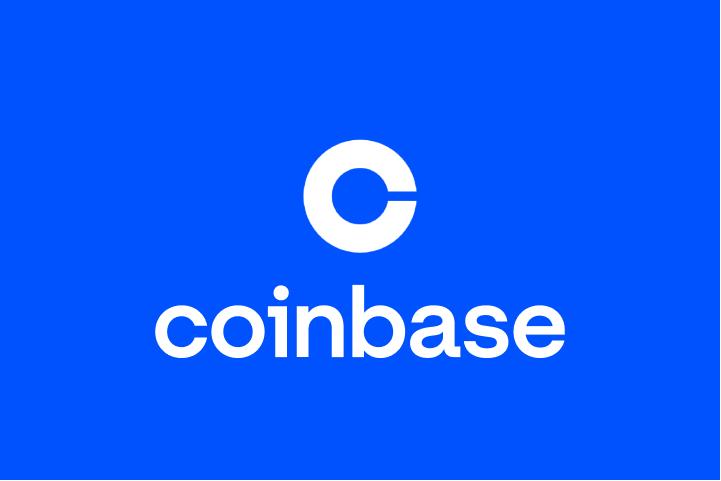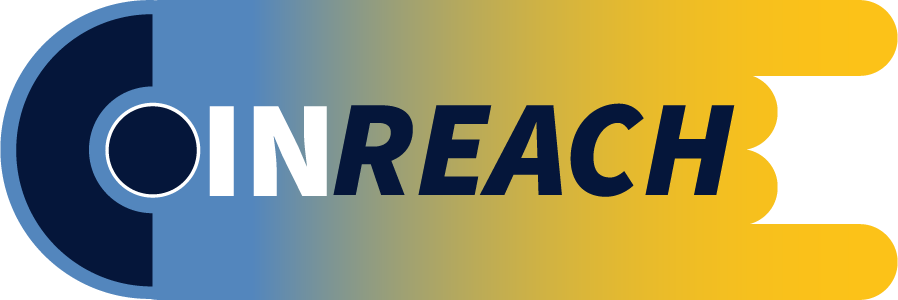
Since its launch at the end of July, the L2 network Base, built by Coinbase and based on Optimistic Rollup, has accumulated $7 million in transaction fees, surpassing the majority of other L2 networks during the same period. The on-chain TVL (Total Value Locked) exceeds $540 million, nearly equal the combined values of zkSync Era and StarkNet, thus becoming the third-largest L2 network following Arbitrum and Optimism. As a public chain with minimal airdrop expectations, it has achieved greater success in a shorter time compared to chains driven by potential airdrop farming. In this landscape of one-click chain launches and reliance on potential airdrop drives, Base’s experience seems to present another possibility in the development of public chains.
Looking back at the development over the past three months, Base has experiencedat least four signifi cant events that are worthy of being recorded in history.
Launching Without Preliminary Announcement, Relying on Meme coin to Ignite Social Media
At the end of July, the Base main net was quietly launched. However, the public did not learn about this news through official media releases, but rather through discussions on various social accounts and communities about the substantial increase in Base’s first Meme coin, BALD. On the evening of July 30th, around 25,000ETH were deposited into the Base network, with over 10,000 flowing into the BALD/WETH liquidity, showing more than half of the entire network’s funds were circulating in this Meme coin, demonstrating its powerful ability to attract investment.
At that time, the market value of BALD once approached $100 million, surging by tens of thousands of times. However, amidst this huge surge, the development team lost its direction, withdrawing a large amount of liquidity the next day, which led to a sharp decline in BALD. This act was no less than a provocation to the majority of users of this newborn network. This was followed by a massive search on social media for the identities of the team behind BALD, suspected to be individuals closely related to the bankrupt FTX/Alameda, or even SBF himself. Although it ended in failure, BALD undoubtedly brought immense exposure to the newly born Base.
Venture Capital-Backed Super dApp Surpassing Public Chains
The failure of BALD and the subsequent collapse of other Meme coins driven by BALD temporarily labeled Base with concerns over ecosystem quality until the emergence of the super social app, friend tech, a week later. Integrated with Twitter, it relied on innovative personal social value transactions and invitation systems to quickly become popular in major communities, at one point making invitations highly sought aft er. On August 10th, the Base network experienced over 100,000 daily active users for the first time, reaching 136,000, with 42,000 new users joining.
However, simplistic functions and poor user experience led to a rapid loss of users after a short-lived interest. Just when it was thought that it would silently exit the historical stage, friend tech made a high-profile return with seed round financing from crypto venture capital Paradigm, coupled with the fi rst round of point distributions for potential airdrops, causing original users to quickly return and once again setting off a trend on social media, attracting more new users. The joining of celebrities such as Chen Jiaxing, the President and CEO of famous startup incubatorY Combinator, and FaZe Banks, the founder of American esports club FaZe Clan, along with the exponential growth of friend tech’s MEV bots, have brought more high-quality traffic and reputation to this young social network, friend tech, and the newborn public chain, Base.
Base has achieved excellent results in the L2 network, but the application based on Base, friend tech, has far surpassed the Base network itself. Data from DeFiLlama shows that as of September 27th, Base captured $1.93 million and earned $1.06million in September; whereas, in the same period, friend tech captured $21.74million in fees, earning $10.87 million, ten times that of the Base network itself, becoming a super app protocol that can stand alongside Bitcoin and Uniswap. Currently, active users of friend tech account for about 25%-30% of the Base network, and the transaction Gas consumption is about 20%-40% of the Base network, sufficiently illustrating the impact of super apps on public chains.

DeFi Flywheel, Boosting TVL to New Heights
On August 31st, Velodrome, the largest DEX protocol on Optimism, deployed a new forked DEX named Aerodrome on the Base network. Less than 2 days aft er its launch, the TVL of Aerodrome once reached $200 million, accounting for 50% of the total Base TVL. Aerodrome inherited Velodrome V2 and improved the defects of Solidly Ve (3,3).
The Aerodrome team off ered close to 7% of AERO emission incentives to the AERO-USDC LP Pool by controlling veAERO, and at the time of launch, the circulation ofAERO was limited, and the overall scale of the LP Pool was small. The high LPreturns attracted liquidity providers to purchase the scarce AERO on the market,further increasing its scarcity, thereby driving a substantial increase in AERO prices.The price increase, in turn, allowed liquidity providers to gain higher returns, forming a positive fl ywheel, thus attracting a large amount of external liquidity to theAerodrome protocol and the Base network in a short time.
Although over time, AERO has fallen into and has yet to escape the negative feedback spiral of ve (3,3), and the TVL of Aerodrome has also fallen by more than50% from its peak, it still has a locked-in value of $97 million, making it the largest DeFi protocol on the Base network, accounting for about 18%. The negative feedback spiral of Ve (3,3) has a solution on Velodrome on Optimism, which is to increase the lock-in rate through incentives from the Optimism Foundation’s OP. Whether this method is applicable on the Base network, which lacks token incentives, remains to be observed.
Pioneering the OP Stack Precedent, Sharing Revenue with Optimism Collective
To ensure that the open-source OP Stack and the announced products supporting Base obtain sustainable funding, thereby creating a virtuous cycle within the ecosystem, Base announced on August 25th a deep cooperation with Optimism Collective. It will contribute 2.5% of the total income from Base sequencers to Optimism Collective or, aft er deducting the cost of data submissions to L1, 15% of the profits Base obtains from L2 transactions, whichever yields higher shared revenue. Base will also actively participate in the governance of Optimism Collective. As part of the contribution, within the next six years, Base has the opportunity to earn up to 2.75% of the OP supply and commits that the voting rights in Optimism Collective will never exceed 9% of the total voting supply at any time. This undoubtedly sets a precedent for deep ecological binding between L2 networks based on OP Stack and their builder, Optimism, potentially allowing more OP Stack-based networks to share revenue with Optimism in the future, forming a vast pan-OP Stack ecosystem.
NOTE: Adaptations from Wu BlockChain



